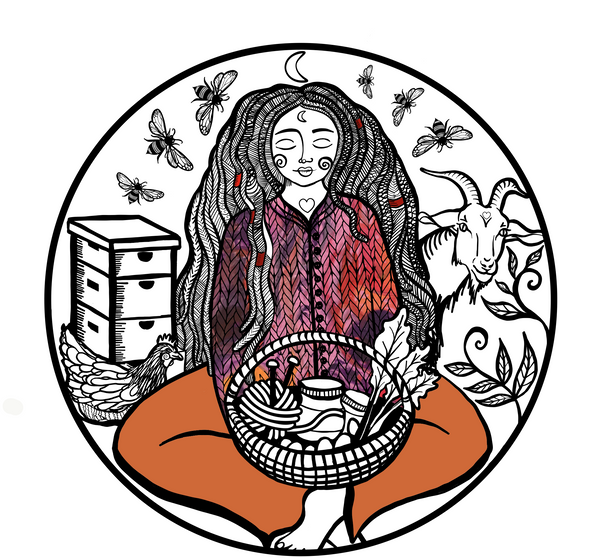Yarrow, with its feathery foliage and cheerful clusters of pretty blooms, isn't just a gorgeous flower in the garden. This feisty little herb, wears the scientific name Achillea millefolium, and is a multi-talented wonder, packing a punch in both the culinary and medicinal worlds. Whether you're a seasoned gardener, forager or a kitchen newbie, yarrow deserves a spot in your life!
Growing Yarrow:
Good news, plant parents: yarrow is practically impossible to kill. This sun-loving, drought-tolerant herb thrives in well-drained soil and revels in neglect. Just plop it down in a sunny corner and watch it flourish! Deadheading spent blooms encourages more flowers, extending the season of beauty and bounty, but don't waste those snipped blooms they can be dried and used in balms and salves.
Yarrow's Medicinal Magic: A Whisper from the Past
For centuries, yarrow has been used in traditional medicine for its various properties. It's considered an astringent, meaning it can help tighten tissues, and is great to use for wound healing like we do for our Magic wound powder or for menstrual cramps which is why we choose it for our Goddess blend tea. It's also believed to have anti-inflammatory and immune-boosting properties.
Yarrow on Your Plate: From Flower to Flavor
While the leaves are edible, the real culinary star of the yarrow show is the flower. The sweet, peppery flavor adds a unique touch to salads, dips, and even cocktails. Try infusing yarrow flowers in vinegar for a delicate pickling partner or drying them for a wintery tea with a touch of chamomile-like warmth.
Yarrow: More Than Just a Pretty Face
So, the next time you see yarrow swaying in the breeze, remember it's not just a wildflower. It's a culinary delight, a potential healer, and a testament to nature's resilience. So why not invite this versatile herb into your garden and discover its many wonders for yourself?
Bonus Tip: Yarrow attracts beneficial insects like ladybugs and butterflies to your garden, creating a haven for pollinators! It is particularly great for planting under fruit trees.
Happy foraging and growing, friends!
A Word of Caution: Know Your Plants!
While yarrow is generally safe, it's crucial to correctly identify it before consuming or using it medicinally. Look for the characteristic flat, fern-like leaves and flat-topped clusters of tiny flowers. If unsure, err on the side of caution and seek professional identification.
